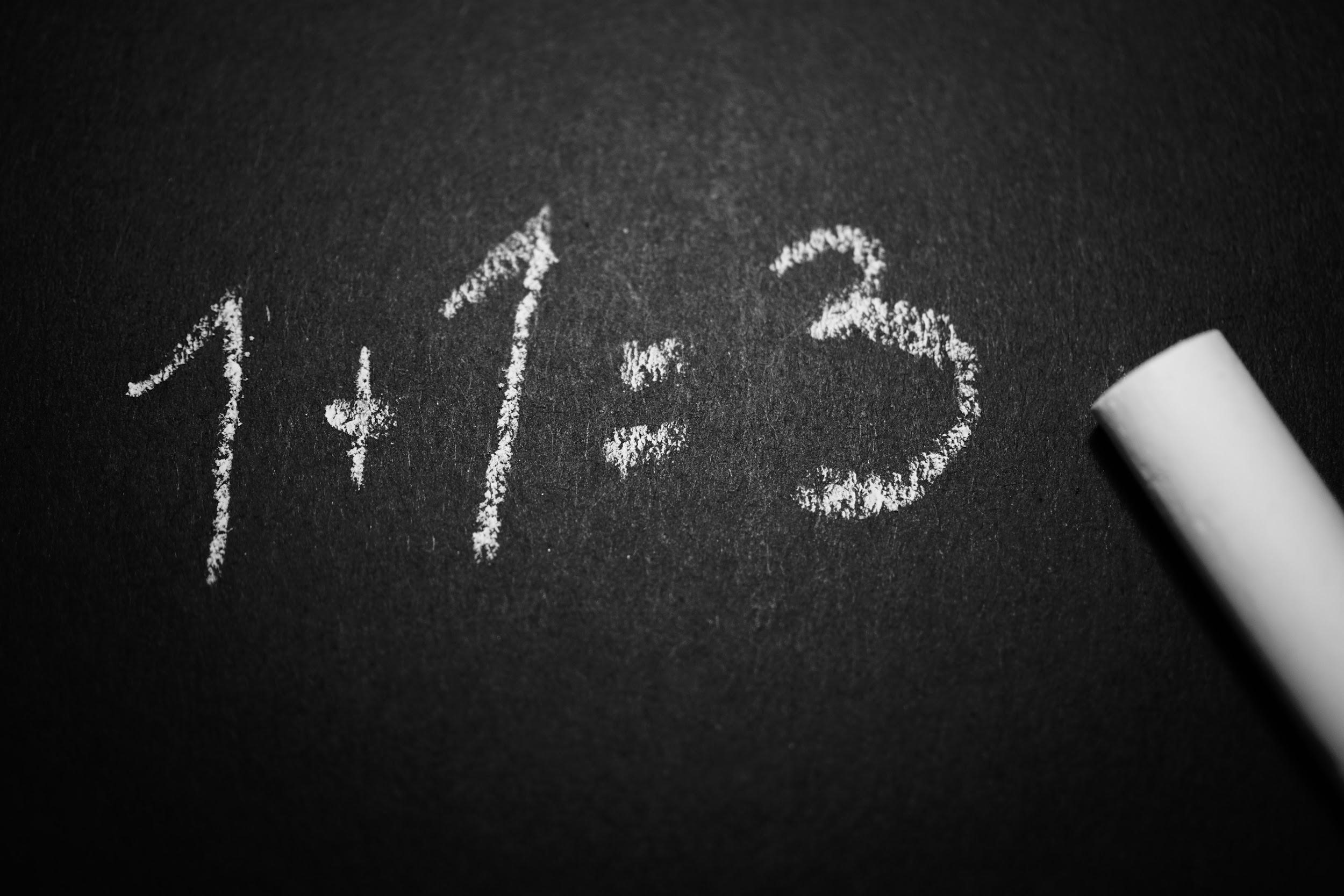Active conversion tracking is paramount for the overall success of your business. Everyone in your business, from marketing and sales departments to the board of directors, can benefit from active conversion tracking because it allows you to set and attain specific goals. Even though setting up conversion tracking is not a complicated process, there are some intricate details you should keep in mind.
Setting the wrong objectives, failing to identify the right conversion paths, and assigning value to non-monetary conversions are just a few of the common website conversion tracking issues. When you come across a conversion tracking issue, don’t follow the first instinct, and don’t panic. Chances are that someone before you has already encountered the very same issue and found a way to solve it.
This article focuses on the five common conversion tracking mistakes and ways to solve them. Understanding what causes conversion tracking issues will help you win the sales game. Let’s learn how.
Why Do You Need Better Conversion Tracking to Win The Sales Game?
Even though measuring conversions may not seem at all useful for increasing your sales in the short term perspective, proper conversion tracking enables you to figure out where visitor traffic comes from. You can use these valuable insights into traffic flows to strategically focus hard and soft sales pitches.
Keeping track of conversions and analyzing data won’t help you boost conversions overnight. Instead, by analyzing data patterns and making more informed marketing decisions, you can win the sales game in the long run. Besides, website conversion tracking offers other valuable benefits:
Elevated marketing campaign
Conversion tracking will help you identify how many customers you’ve acquired during the marketing campaign that played a part in sales. So, you can evaluate the best performing elements of your marketing campaign.
Reduced costs
Proper conversion tracking enables you to make more informed decisions that will help you ultimately reduce costs. Also, you will save money by allocating budget to low-performing channels.
Focus on winning strategies
Proper conversion tracking will help you make more strategic decisions. As a result, you can design winning strategies that will help your business grow. For example, by tracking conversions, you can determine your most valuable marketing channels. This way, you can allocate your budget and resources based on the highest performing marketing channels for conversions. By allocating your marketing budget and resources, you can ultimately scale up your marketing strategy and, as a result, increase your profits.
And this is just one example of how conversion tracking can benefit your business in real life. When you start actively tracking conversions, you’ll be able to make more informed decisions that will impact your sales.
Increased profits
By optimizing the conversion tracking process, you can reduce costs and improve profits by spending more on winning strategies.
5 Common Website Conversion Tracking Issues
Even though most conversion tracking problems are purely technical, it doesn’t mean you can’t address them without the help of your tech team. In fact, not all technical experts understand the dynamics and nuances of digital marketing. Hence, marketers should recognize the common conversion tracking mistakes and ways to avoid and solve them.
If you want to avoid conversion tracking issues, it’s paramount to understand the common mistakes that cause these issues. To help you get started, here’s a list of the most common website tracking mistakes.
-
Setting the wrong objectives
Setting the wrong conversion objectives and goals is likely the most common conversion tracking mistake.
“There is no point in conversion tracking if you’ve set the wrong conversion goals,” says Liam Hayes, a digital marketing manager at Essay Tigers. Liam shared a story of how the company at first gave the highest conversion value to clicks, which was a micro goal. At the same time, they gave zero value to the completion of an application, which was the most important macro conversion. As a result, Liam and his team got misleading indicators where 50 completed applications wouldn’t trigger success, while 10,000 pageviews signaled the best performance ever achieved.
How to address this issue?
To avoid misleading results, take a step back and determine what you want your website visitors to do on particular pages. Do you want them to submit a contact request form? Download a catalog? Subscribe to your email list? Or maybe watch a video announcement of a new product?
Then, you should separate your macro goals from your micro goals. Use this example to set your own goals:
Micro goals (less important): watch a product video, subscribe to a newsletter, connect on social media, download a catalog, etc.
Macro goals (more important): phone call, signup for an event, contact a distributor, submit an application or a form, etc.
Setting clear objectives and separating micro goals from macro goals will help you improve the conversion tracking process and avoid misleading results. Evaluate your goals periodically to ensure they correctly represent customers’ conversion paths.

2. Failing to identify the top conversion paths
Failing to identity the top conversion paths can directly affect your revenue. Conversion paths give a better perspective on the main traffic sources. In other words, by identifying your top conversion paths, you can see where the most traffic is coming from, and design your marketing campaign accordingly. Hence, you can make more strategic and informed marketing decisions and, as a result, grow your revenue.
How to address this issue?
Taking the time to understand customer’s journeys will help you make smarter marketing decisions.
If you’re using Google Analytics, it’s useful to review the Top Conversions Paths report. It will give an idea about the most popular referral paths and the number of times customers interact with each channel before converting to your website.
The Top Conversion Paths report tells you just a small part of the story about traffic sources. If you want to get more advanced insights into conversions paths, digging in and filtering the data is certainly helpful.

3. Assigning value to non-monetary conversions
If your conversion is not assigned a proper monetary value, it’s impossible to measure the worth of this conversion. Yet, some marketers falsely assign conversion value to non-monetary conversions.
Non-monetary conversions refer to conversions that don’t add up value directly to the customers, like Ebook downloads, signups, watching a video, and others.
How to address this issue?
Keeping a count of non-monetary conversions is always good. They can help you measure customer engagement and interest. However, assigning a conversion value to non-monetary conversions can give you misleading results. That’s why you should not assign the conversion value to non-monetary conversion, unless increasing them is the main goal of your campaign.

4. Double counting conversions
Let’s say a customer makes multiple purchases from a single click ID. If you count these purchases as different conversions, it means you’re double counting them.
While counting every purchase as a conversion is a good choice if you’re particularly interested in the number of sales made, this conversion tracking method can be misleading.
How to address this issue?
Update your conversion count to avoid duplicate conversion tracking. Ideally, each click identity should count as one conversion.
This conversion tracking tactic will give you a better perspective of your campaign’s overall performance. Particularly, it will give you a better idea about whether or not a certain kind of lead was generated. This is important because typically one unique lead per click adds value to your business.
If you’re a Google Ads user, follow these instructions to change the double counting conversion tracking.
- Sign in to your Google Ads account
- Locate the tools icon in the upper right corner
- Find the Conversions tab under Measurement
- Select the name of conversion action you want to edit
- Click Edit Settings
- Click Count
- Select One
- Don’t forget to save changes by clicking Save and Done
For more information on conversion counting options, check out this Google Ads Help page.

5. Failing to track conversions on external sites
Sometimes, the conversion tracking process gets complex, especially when the conversion action takes place on an external website. This is relevant for your business if you sell products for your clients on your website or if you use payment processors.
How to address this issue?
If you’re a Google Analytics user, the best solution is setting up cross-domain tracking. This way, you can see sessions on two related websites in a single session.
Note that this requires you to have some HTML and JavaScript knowledge, so you may consider asking your tech team for help, unless you feel comfortable editing in HTML and coding in JavaScript. This Google Analytics Help page includes instructions on how to set up cross-domain conversion tracking to monitor conversions on external websites.

Final Thoughts
Many digital marketers start panicking when they encounter conversion tracking issues. However, when you dig deeper into the common issues, you realize all of them can be solved with proper and strategic decisions.
Hopefully, this article has helped you to avoid or solve the common conversion tracking issues, and ultimately win the sales game.
Before you leave, let’s quickly wrap up what you’ve learned today about conversion tracking mistakes and ways to solve them.
- Setting the wrong conversion objectives and goals typically results in misleading results. To avoid making this mistake, it’s helpful to determine your conversion action, micro goals, and macro goals.
- You can’t get a clear picture of your traffic sources if you fail to identify the top conversion paths.
- Monitor your non-monetary conversions but don’t assign a conversion value to them, unless it’s the main goal of your campaign.
- Avoid double counting conversions by counting each click identity as one conversion.
- Make sure to keep track of the conversions taking place on external websites. Set up cross-domain conversion tracking as a part of the solution.
Looking at the conversion tracking data will help you make more informed decisions about your current marketing campaign and the ones lying ahead. If you want to optimize the conversion tracking process, a CRO platform like Poptin has the right solutions for you. So, it’s time for you to start implementing conversion tracking with Poptin to win the sales game!
About the author:
Stacey Wonder
Stacey Wonder is a content marketer who enjoys sharing best practices for career and self-development with others. In her free time, Stacey is fond of contemporary dance and classic French movies.



